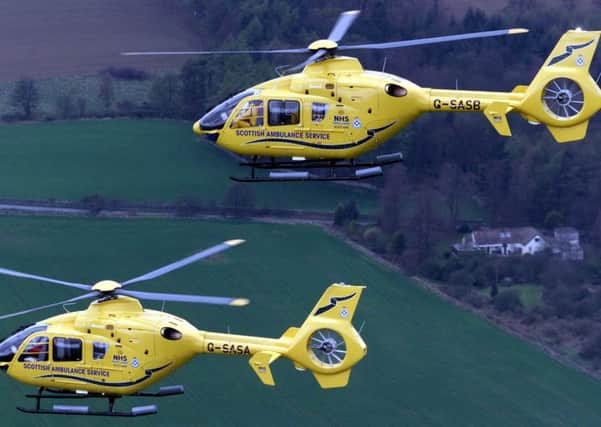Air ambulances ready for take-off across Scotland


The aircraft will replace two helicopters which have been used by the Scottish Ambulance Service since 2006.
They are larger and faster, with a greater range which reduces the need to stop and refuel on longer missions.
Advertisement
Hide AdAdvertisement
Hide AdThe Scottish Ambulance Service says the new aircraft will enhance the quality of care provided to patients, with more room for medical teams, as well as medical fittings and equipment that have been specifically designed to meet the needs of doctors working on them.
They will be used alongside two planes which have been refitted and upgraded.
The new helicopters will be based in Glasgow and Inverness, while the refitted aircraft will operate from Glasgow and Aberdeen.
David Garbutt, chairman of the Scottish Ambulance Service, said: “Our air ambulance service provides a vital lifeline to the people of Scotland, particularly those in remote and rural communities.
“The new helicopters, along with the refurbished planes, ensure that the air wing continues to one of the most advanced in the world providing the best possible in flight environment for the specialist clinicians to deliver consistently high standards of life saving patient care.”
The Scottish Government has provided an additional £1.9 million this year, and £200,000 for the next two years.
Health Secretary Shona Robison said: “The quality and sophistication of the new technology that the crews will now have access too is impressive, particularly as this is the only publicly funded air ambulance service in the UK.
“Not only will the new aircraft improve patient care and experience for those that need an urgent response from the ambulance service, but will also help communities living in remote and rural areas.”